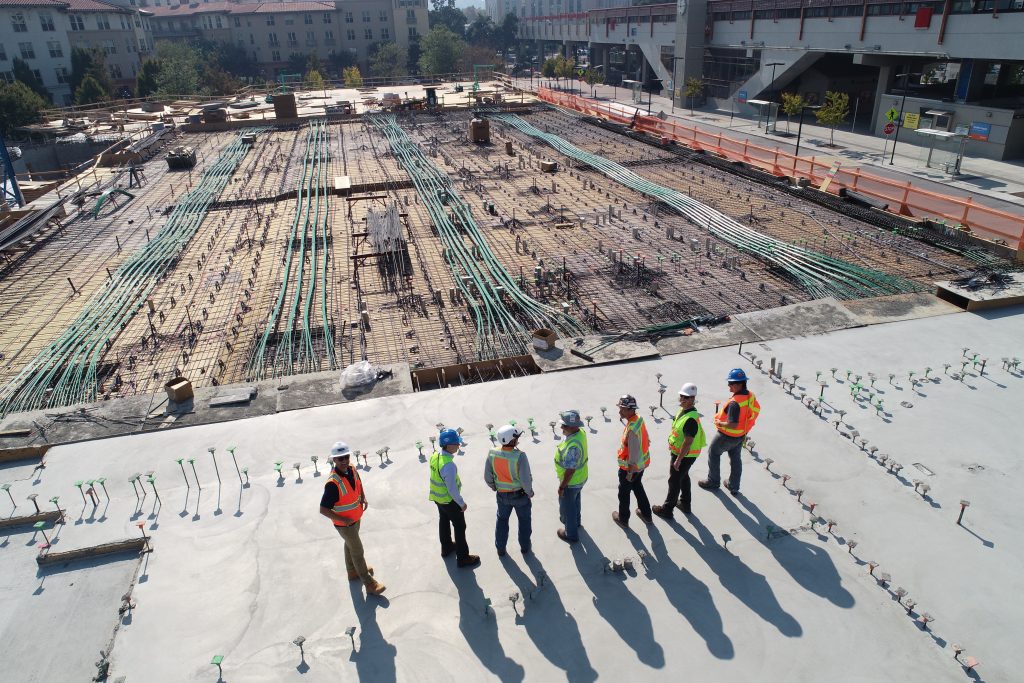This should be read in conjunction with the articles The Building Safety Bill and Occupation Phase and the Golden Thread
The Health & Safety Executive will need approve construction projects at three ‘Gateways’ which are set out below:
Gateway 1 – Before planning permission is granted (this is already in force)
Gateway 2 – Before construction begins
Gateway 3 – Before occupation
Each Gateway requires duty holders to submit information to HSE and is a ‘hard stop’ for the project. This means the project cannot proceed until HSE approval is obtained.
The following table sets out the details of the information that the respective duty holders are required to submit to HSE in respect of each Gateway.
Funders
- Risk of additional costs impacting ability to meet funding requirements
- Risk of non-compliance
- Viewing the sector as less attractive for investment or tightening the funding requirements
- Impact of available funding for cladding remediation works
- In the latest budget (November 2021), Build to Rent developers are exempt from the 4% on profits cladding tax
Operators
- Insufficient funding for cladding remediation works
- Shortfall in financing to support leaseholders for 6-18 m leading to complaints and dissatisfaction from leaseholders
- Requirement to make up for any shortfall
- Additional levies on developers – passing cost onto operators. Potentially mothballing new developments.
- Complication of any government-led system – causing unnecessary delays to remedial works refurbishment and change of use.
- HSE – required funding and support to respond to the increased level of responsibility.
Customers
- Potential for increased rental costs to offset costs of operators meeting legislative requirements
- Understanding rights and responsibilities as a resident and how this may differ if they move to or from a higher-risk building
What are the transitional arrangements?
Timetable for introduction of the Gateways
- Gateway 1 for new developments came into force from August 1, 2021. HSE will become a statutory consultee on planning applications for “higher-risk buildings” and a fire statement will need to be submitted with the application.
- The majority of new legislation is expected to come into force towards the end of 2023. It applies to new and existing buildings within the definition of “higher-risk” building.
Application to new developments that are yet to start construction
- New developments which do not have planning permission by the time the legislation comes into force will have to pass through all three Gateways.
- Buildings where planning permission has been obtained, but the project has not passed the “deposit of full plans” stage in the current system, will require Gateway 2 approval before construction work can start.
Application of Gateway 3 to works currently under construction
Where construction work has begun, but has not been completed when the legislation comes into force, the project will have to pass through Gateway 3 prior to occupation.
Application to current buildings that have been completed
- Projects completed before the legislation comes into force will be brought through Gateway 3 on a phased basis.
- HSE will be responsible for developing a plan for this transition.
- The principal accountable person for the building will need digital information to prepare the safety case for the building.

Gateway 1 came into force in August 2021
Application to remedial works, refurbishment and change of use
- Remedial works to fix defects on completed projects, refurbishment and change of use to residential which take place after the legislation comes into force may need Gateway approval from HSE, depending on scale.
- If they constitute a major alteration (which is not currently defined), they will need to pass through Gateways 2 and 3. If the works need planning permission, they will also need to pass through Gateway 1.
Taxation
- The government announced in 2021 that it would pay for any cladding remediation works on residential buildings above 18 metres tall – and provide a low-cost financing facility to support leaseholders incurring costs on these repairs for buildings between 6-18 metres tall.
- In order to fund this support, the government announced a new tax on residential developers and a new levy for high-rise residential developments. The interaction of these two charges is unclear.
- The tax is not addressed in the Building Safety Bill. It will apply to all residential development activity in the UK where profits exceed a £25m annual allowance. What is classed as ‘residential’ and how ‘profits’ are calculated will be important to understand, in order to consider the potential impact of this tax.
- The new levy on developers will apply at Gateway 2. Enabling legislation is contained within the Building Safety Bill. The Government is currently consulting on the detail on the levy.